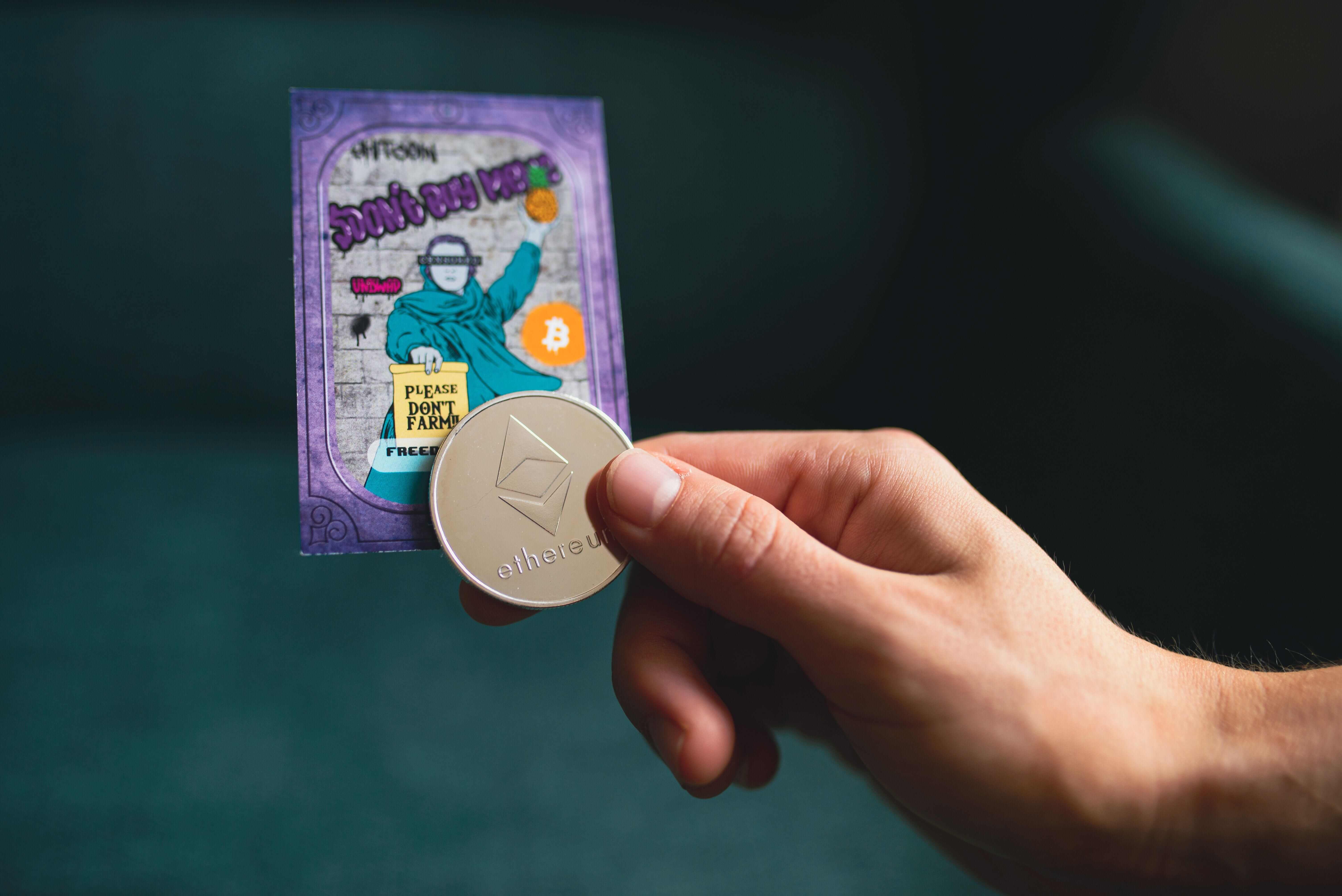What is an NFT?
An NFT, or Non-Fungible Token, is a type of digital asset that represents ownership or proof of authenticity of a unique item or piece of content, whether it's a digital artwork, music, video, collectible, or even virtual real estate. Unlike cryptocurrencies such as Bitcoin or Ethereum, which are fungible and interchangeable, NFTs are indivisible and cannot be exchanged on a one-to-one basis. Each NFT is distinct and cannot be replicated or replaced.
How NFTs Work on the Blockchain :
NFTs operate on the foundation of blockchain technology, a decentralized and secure ledger system that records transactions in a transparent and tamper-proof manner. Here's a simplified breakdown of how NFTs work:
-
How NFTs Work on the Blockchain :
An artist, content creator, or developer mints an NFT using a blockchain platform that supports NFTs, such as Ethereum, Binance Smart Chain, or others. Minting involves creating a smart contract that defines the unique characteristics of the NFT, including its ownership, metadata, and other relevant details.
-
Ownership :
Once minted, the NFT is associated with a unique identifier and can be bought, sold, or transferred on NFT marketplaces. Ownership is determined through a user's blockchain wallet, and a record of ownership is stored on the blockchain.
-
Provenance and Authenticity:
The blockchain ledger provides a transparent history of the NFT's ownership and transactions. This ensures the authenticity and provenance of the digital asset, making it highly desirable for collectors and creators who seek to prove the originality and rarity of their creations.
-
Interoperability :
NFTs can be integrated into various applications, games, virtual worlds, and platforms, allowing for diverse use cases. Developers can build experiences that leverage NFTs, and users can display and interact with their NFTs in different virtual environments.
-
Smart Contracts:
Smart contracts are the backbone of NFTs. These self-executing contracts define the rules and conditions of NFT ownership, including royalties for creators on secondary sales. This ensures that artists continue to benefit from the resale of their work.
The Future of NFTs
The NFT space is continuously evolving, with new use cases emerging beyond art and collectibles. From virtual real estate in decentralized metaverses to in-game assets and digital identities, NFTs are reshaping how we own, trade, and experience digital assets. Developers are creating innovative applications and platforms that leverage NFTs, and the possibilities are limited only by one's imagination.
As a software development company, you have the opportunity to be at the forefront of this NFT revolution. Consider exploring blockchain development, creating NFT marketplaces, or integrating NFTs into existing applications and games to tap into this exciting and dynamic ecosystem.
In conclusion, NFTs represent a groundbreaking shift in the digital world, offering a new paradigm for ownership and creativity. By understanding how NFTs work on the blockchain, you can better appreciate the potential they hold and explore the opportunities they present for your software development endeavors.
Remember, the world of blockchain and NFTs is constantly evolving, so staying informed and being open to innovation will be key to your success in this space.






